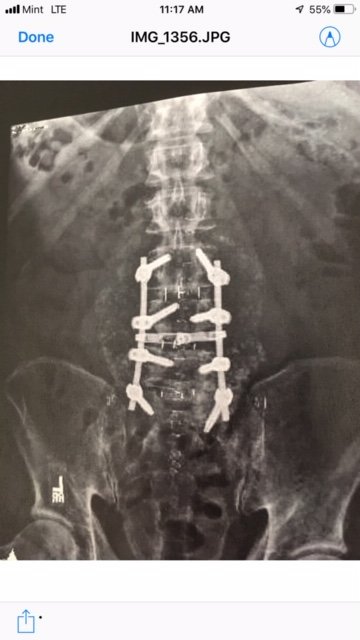It is possible to have a compressed segmental nerve (via the extruding disc mechanism, as seems to be the case here), and
piriformis syndrome at the same time, where a muscle in the hip is compressing one or both of the trunks of the sciatic nerve on that leg's side. All the symptoms (including neurological deficits) of full blown disc-induced sciatic can be caused by p. syndrome and, experientially, is not distinguishable from the disc-induced sciatica.
It is also possible to have piriformis syndrome, with all the neurological deficits that are usually caused by disc extrusion, and have an MRI or CAT scan done and disc pathology found—but for the found pathology to not be the cause of the symptoms.
If this is the case, try the exercises slowly and carefully, and then walk around. If p. syndrome is involved you will know. Do indicated exercises only twice a week. Good luck.
There is much more, but the short story is that sciatica is a threshold phenomenon, and the causal mechanisms can be additive—so, sometimes, removing the p. syndrome cause, if present, can give huge relief. Piriformis has been posited as one of the mechanisms behind the success of chiropractic in some cases, too: the 'lumbar roll' (side lying position, one shoulder restrained, and force applied to the outside of the opposite leg's knee) that is the most common lumbar adjustment also momentarily strongly stretches piriformis, and that can have a seemingly miraculous effect.
In any case, try stretching piriformis. Please go here:
https://www.youtube.com/user/KitLaughlin/search?view_as=subscriber&query=piriformis
And look through the first five exercises; the chair versions are the easiest. You will know immediately if p. syndrome is contributing to your pain: getting into the start position of any of these will reproduce the hip pain component of sciatica immediately. If this is the case, and you are maintaining the shape of the lumbar spine, then you can be reasonable sure that piriformis is at least contributing to the problem.


